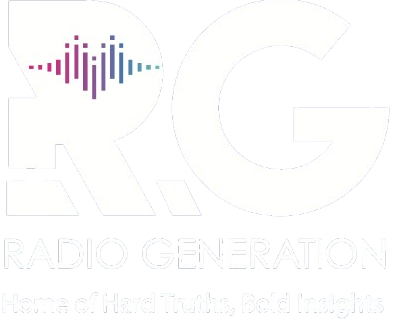Delayed payments and legacy debts threaten stability of Kenyan hospitals

Only 20% of Primary Health Care (PHC) facilities have been paid consistently this year, while billions remain unpaid from the old NHIF system, creating a crisis that threatens hospital operations nationwide.
Kenya’s shift from the National Health Insurance Fund (NHIF) to the Social Health Authority (SHA) has exposed serious financial problems in the country’s healthcare system, with a majority of hospitals unable to receive regular reimbursements.
Only 20% of Primary Health Care (PHC) facilities have been paid consistently this year, while billions remain unpaid from the old NHIF system, creating a crisis that threatens hospital operations nationwide.
According to Brian Lishenga, chairman of the Rural Urban Hospitals Association (RUPHA), a recent survey covering 477 health facilities nationwide reveals continuing irregularities in PHC payments and unresolved legacy debts.
“For instance, if you look at Level four and five facilities, two issues there that are baffling; the surgical claims which have not been moving, and yes, the legacy debts courtesy of the defunct NHIF,” Lishenga told People Daily.
The survey monitored hospital finances from late April to early May 2025 as part of an effort to support the country’s health insurance reforms.
It shows that many level two and three facilities are struggling, with most not receiving any payments and only a small minority being paid regularly.
“There’s a lot of unpredictability around PHC, and it is affecting especially the level twos, level threes, and now, for the few level fours which are offering primary health care,” Lishenga said.
Providers also face confusion over payments because funds received often lack clear labels. “About 63% of the providers say that when they are paid, they don’t even know whether they have been paid for PHC or for maternity,” he added.
The survey also found that faith-based hospitals are in the worst shape financially, with every facility reporting difficulties. This is closely followed by private hospitals (95%) and public hospitals (84%) facing financial strain.
These facilities are unable to meet operational costs, pay suppliers, or clear pending bills due to payment delays and claim processing backlogs in the new system.
“This situation risks Kenya’s health system suffering from systematic disinvestment in crucial services like surgery, primary healthcare and inpatient care,” Lishenga warned.
Surgical claims are especially problematic, with 39% of hospitals identifying them as their main reimbursement challenge despite representing just a third of all claims.
The survey’s wide scope makes it the most comprehensive review of Kenya’s healthcare financing during this critical transition.
